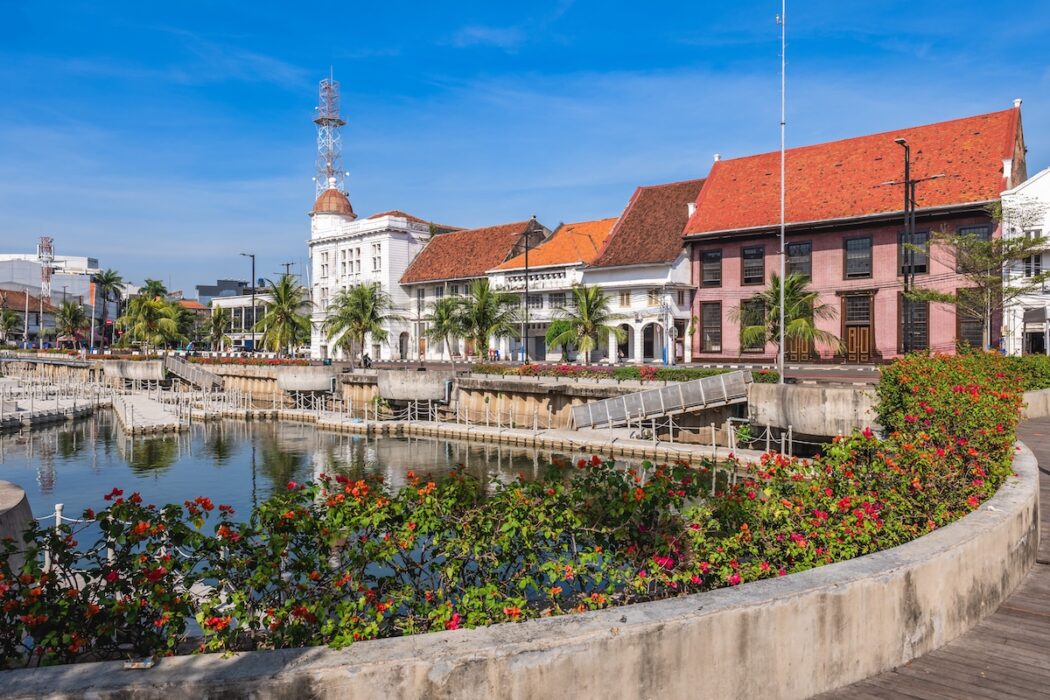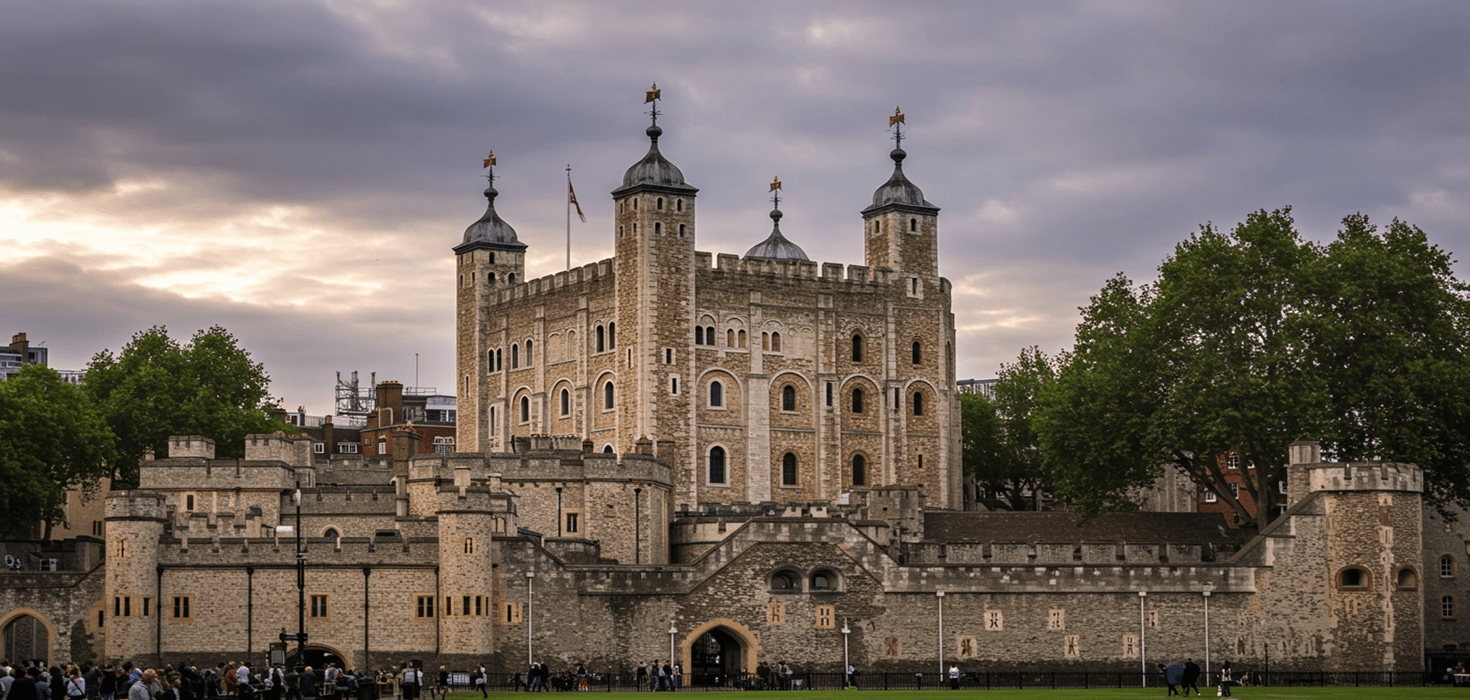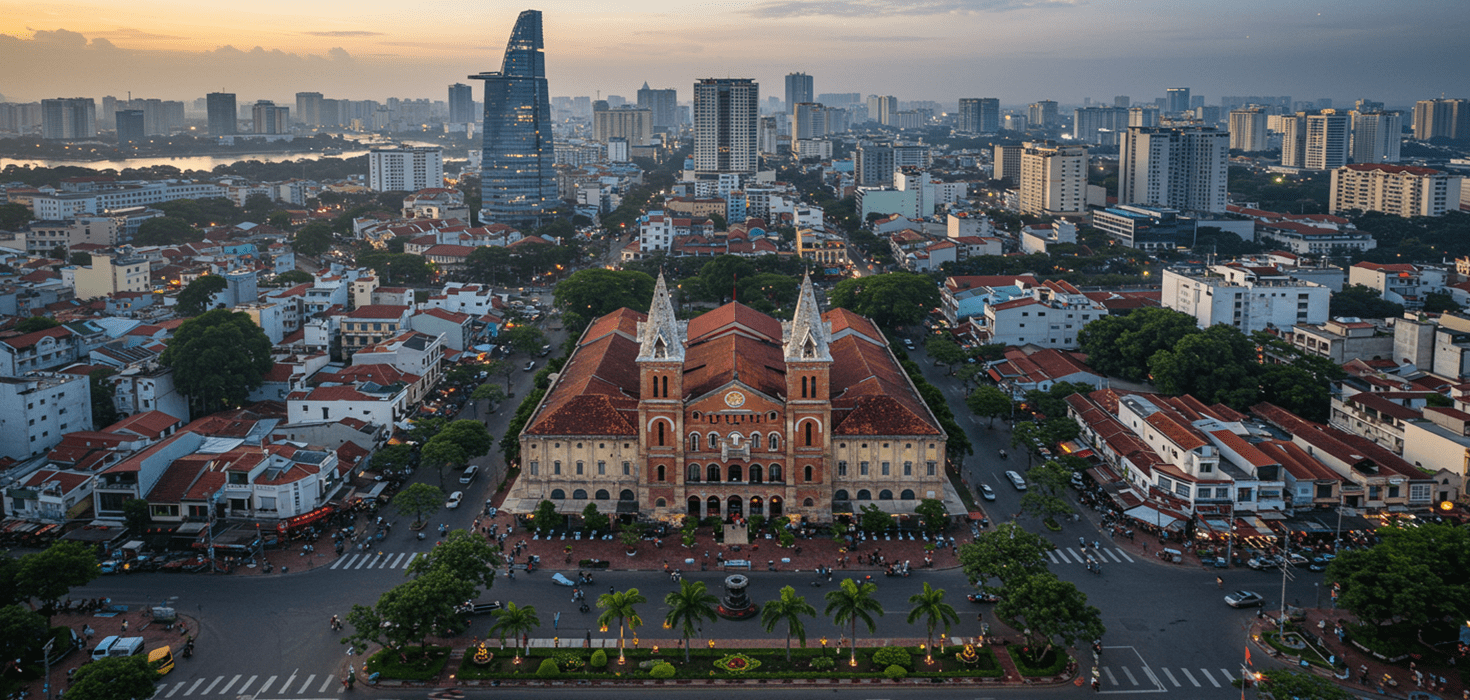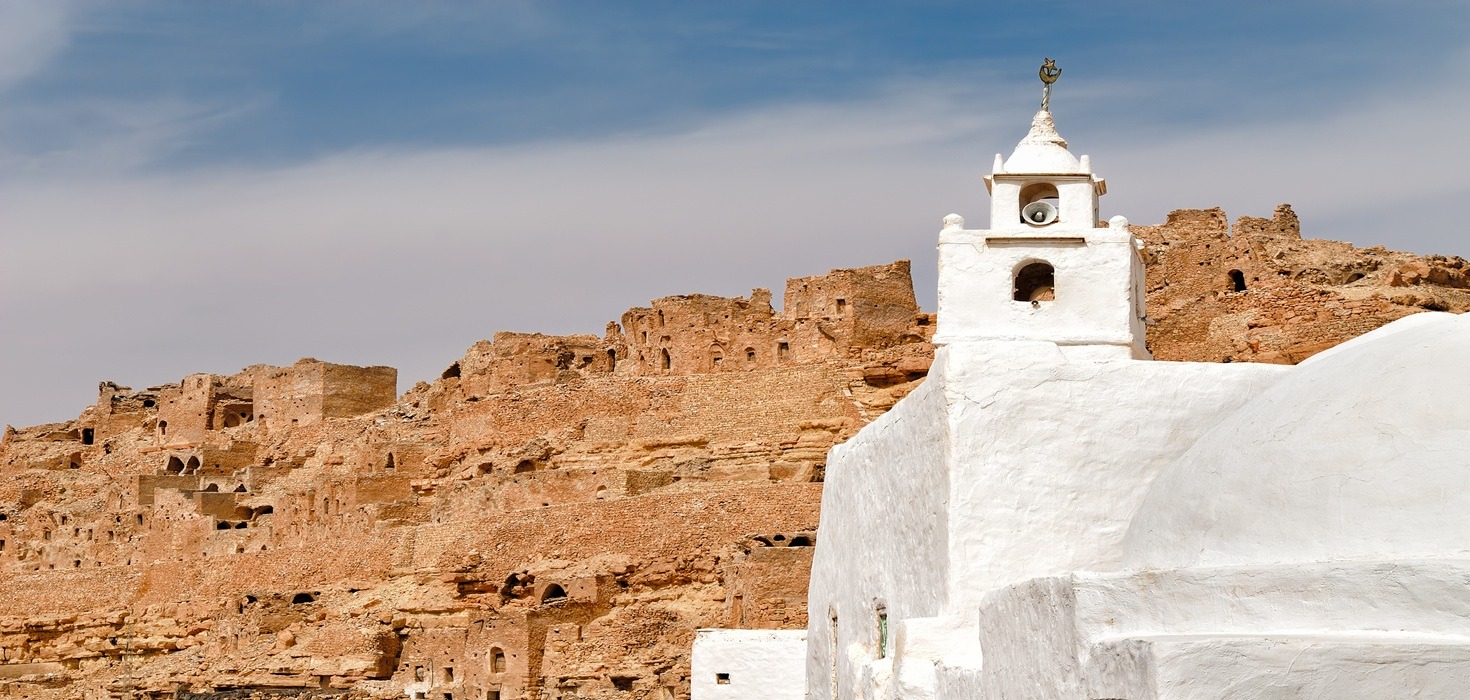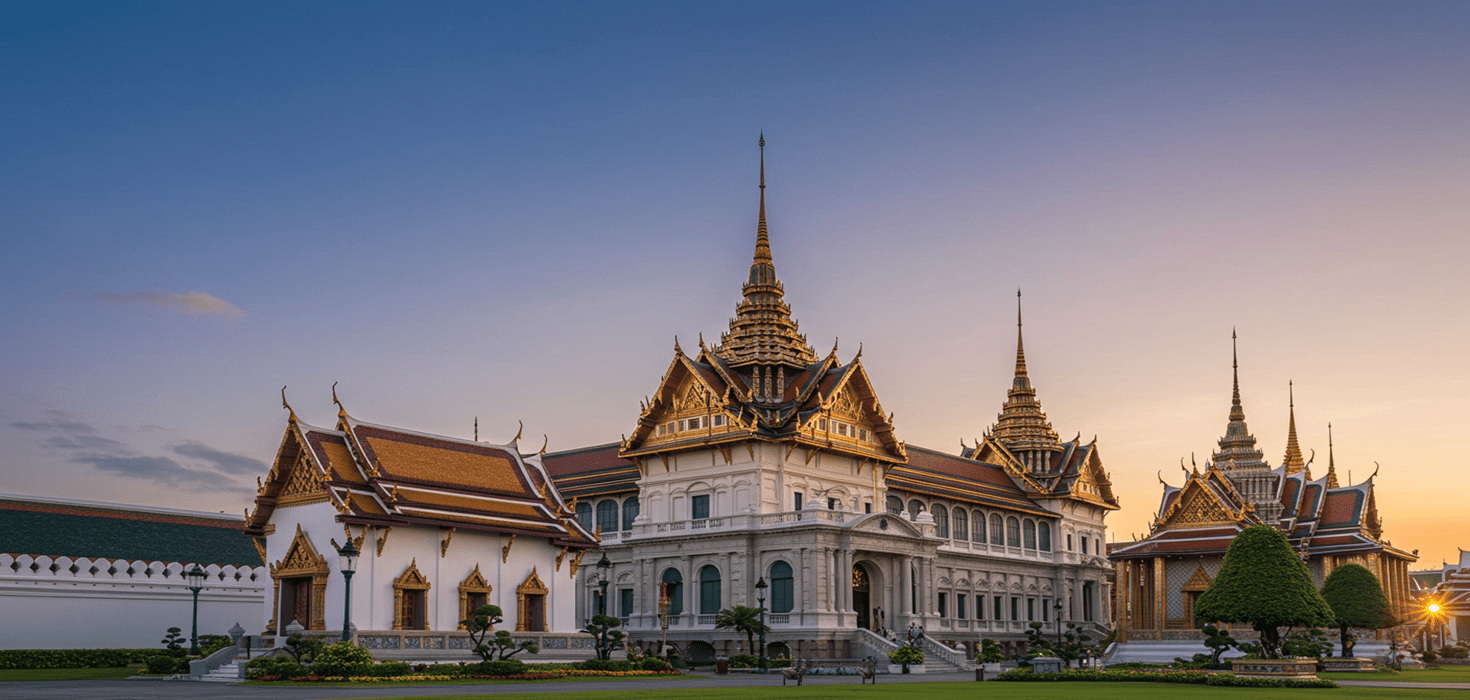Welcome to Ubud: Bali’s Spiritual Heart
Ubud is not just a destination; it’s a state of mind. Nestled in the lush hills of Bali, this enchanting town is revered as a spiritual hub, where the rich tapestry of culture, history, and spirituality intertwines seamlessly. If you’re craving a deeper connection with Balinese traditions, there’s no better way to experience it than by temple hopping in Ubud. Each temple tells a story, whispers ancient wisdom, and invites you to immerse yourself in the serene ambiance that defines this magical place.
From the sacred springs of Tirta Empul to the mystical caves of Goa Gajah, Ubud’s temples are gateways to understanding the island’s vibrant spiritual life. Whether you’re a devoted spiritual seeker or simply a curious traveler, temple hopping offers an unforgettable experience that transcends the ordinary. So grab your sarong, put on your adventure hat, and let’s explore the best temples in Ubud!
Explore the Best Temples in Ubud: A Spiritual Paradise
Ubud is home to some of the best temples in Ubud, each with its own unique charm and significance. Let’s take a closer look at some must-visit sacred sites that showcase the beauty and spirituality of Bali.
Tirta Empul: The Holy Spring Temple
First up is Tirta Empul, a stunning temple famous for its holy spring water, where locals and tourists alike come to purify their souls. The temple’s intricate architecture, adorned with vibrant offerings and lush gardens, sets the stage for a truly spiritual experience. As you step into the refreshing waters, you’ll feel the weight of the world lift off your shoulders, making it a perfect spot for reflection and rejuvenation.
Goa Gajah: The Elephant Cave
Next, we venture to Goa Gajah, or the Elephant Cave, a UNESCO World Heritage site that dates back to the 11th century. This ancient site features a mesmerizing entrance carved into a rocky cliff, depicting various deities and mythical creatures. Inside, you’ll find a tranquil meditation area and a sacred bathing pool surrounded by lush greenery. It’s a perfect spot to soak in the history and spirituality that permeates the air.
Pura Taman Sari: The Water Palace Temple
Don’t miss Pura Taman Sari, the Water Palace Temple, where you can marvel at the beautiful water gardens and intricate stone carvings. This temple is a lesser-known gem that offers a quieter experience compared to its more famous counterparts. The peaceful surroundings make it an ideal place for meditation or simply enjoying the beauty of nature.
While these temples are certainly the stars of the show, Ubud is dotted with hidden gems waiting to be discovered. From tiny shrines tucked away in rice paddies to quaint temples that offer a glimpse into local life, each visit provides a unique experience that adds depth to your spiritual journey. For a more comprehensive list of temples, check out our guide on the Top Temples and Attractions in Ubud.
Temple Hopping: An Unforgettable Cultural Experience
Temple hopping in Ubud is more than just a sightseeing activity; it’s a deep dive into the heart of Balinese culture. Each temple visit is an invitation to witness age-old rituals and ceremonies that have been passed down through generations. The experience offers a profound connection to the spiritual life of the island, where every offering, every chant, and every prayer carries a story.
Many travelers describe their temple hopping adventures as transformative. One visitor shared, “Standing in front of the sacred springs at Tirta Empul, I felt a sense of peace wash over me. It was as if the water was cleansing not just my body, but my spirit too.” These personal anecdotes highlight the emotional resonance of visiting these spiritual hotspots in Ubud.
As you explore the ubud temples, take a moment to observe the locals performing their rituals. Their devotion and reverence can be incredibly moving and will enhance your understanding of Balinese spirituality. Don’t hesitate to engage with the community—ask questions, show respect, and soak in the atmosphere. This is what makes temple hopping in Bali such a rich and rewarding experience.
Ubud Temple Festivals: Celebrate the Spirit of Bali
Ubud isn’t just about serene temples and lush landscapes; it’s also a vibrant hub for traditional festivals that reflect the island’s rich cultural heritage. If you time your visit right, you can witness the spectacular temple festivals that bring the community together in celebration. Two of the most significant festivals are Galungan and Kuningan.
Galungan: A Celebration of Goodness
Galungan is a time when the spirits of ancestors return to Earth to visit their families. The streets of Ubud transform into a kaleidoscope of colors, with beautiful bamboo poles, known as penjor, adorning homes and temples. Traditional offerings fill the air with fragrant incense, and the atmosphere buzzes with excitement. Don’t miss the chance to witness special ceremonies at temples like Pura Taman Saraswati, where locals gather to pray and celebrate.
Kuningan: Honoring the Ancestors
Following Galungan, Kuningan marks the end of the celebrations, occurring ten days later. This festival is dedicated to honoring the ancestors, with rituals that involve elaborate offerings and prayers. Expect to see locals dressed in traditional attire, participating in ceremonies that resonate with deep spiritual significance. If you’re in Ubud during this time, be sure to visit the temples to soak in the atmosphere of reverence and joy.
For those looking to plan their visit around these festivals, check local calendars for dates and events. Being part of these vibrant celebrations will not only enrich your experience but also give you a unique insight into the spiritual life of the Balinese people.
A Day-by-Day Itinerary for Temple Hopping in Ubud
Ready to dive into a week of temple hopping in Ubud? Here’s a suggested itinerary that balances spiritual exploration with cultural immersion. Feel free to mix and match based on your interests!
Day 1: Arrival and Pura Taman Sari
Kick off your Ubud adventure by settling into your accommodation. In the afternoon, visit Pura Taman Sari to admire its stunning water gardens. Enjoy the peaceful ambiance and take some time to meditate amidst the beauty.
Day 2: Tirta Empul and Goa Gajah
Start your day early at Tirta Empul for a refreshing purification ritual. Afterward, head to Goa Gajah to explore its ancient caves and lush surroundings. Wrap up your day with a visit to a local café for some delicious Balinese cuisine.
Day 3: Pura Gunung Lebah and Campuhan Ridge Walk
On your third day, visit Pura Gunung Lebah, nestled at the confluence of two rivers. Enjoy the serene atmosphere before embarking on the Campuhan Ridge Walk for breathtaking views of Ubud’s landscape.
Day 4: Hidden Temples and Rice Terraces
Explore some of Ubud’s hidden temples, like Pura Dalem Ubud and Pura Beji, both offering unique insights into local spirituality. In the afternoon, wander through the iconic rice terraces of Tegalalang for stunning photo ops.
Day 5: Cultural Workshops and Evening Ceremonies
Dedicate your fifth day to experiencing Balinese culture through workshops. Try your hand at traditional dance or cooking classes. In the evening, attend a temple ceremony to witness the vibrant rituals firsthand.
Day 6: Ubud Market and Relaxation
Spend your day exploring the Ubud Art Market for unique souvenirs and local handicrafts. Afterward, treat yourself to a traditional Balinese massage at one of the local spas to unwind.
Day 7: Reflection and Departure
On your final day, revisit your favorite temple or discover a new one before heading back home. Take some time to reflect on your journey and the spiritual connections you’ve made.
Feel free to adjust this itinerary based on your preferences and pace. Ubud has so much to offer, and every corner holds a new adventure waiting to be explored!
Discover Ubud’s Hidden Temple Gems
While the popular temples in Ubud are certainly breathtaking, don’t overlook the hidden gems that offer tranquility and a more personal experience. Here are a few lesser-known temples to consider:
Pura Gunung Kawi
Nestled in a lush valley, Pura Gunung Kawi features stunning rock-cut shrines that date back to the 11th century. The peaceful surroundings make it an ideal spot for meditation, and the journey to the temple involves a scenic walk through rice fields.
Pura Samuan Tiga
This temple is less frequented by tourists, offering a serene atmosphere to reflect on Balinese spirituality. The temple is known for its unique architecture and tranquil gardens, perfect for those seeking a quiet moment away from the crowds.
Pura Beji
Located near the rice fields, Pura Beji is dedicated to the goddess of rice and fertility. The temple’s intricate carvings and peaceful ambiance make it a hidden treasure worth exploring.
Exploring these hidden temples allows you to connect on a deeper level with the spiritual essence of Ubud. Don’t forget to bring your camera to capture the beauty and serenity of these sacred sites!
Culinary Delights Near Ubud Temples
After a day of temple hopping, you’ll want to refuel with some delicious local cuisine. Ubud is home to a plethora of eateries that serve traditional Balinese dishes. Here are some must-try options:
Nasi Campur
This iconic dish features a mix of rice, vegetables, meats, and sambal (spicy sauce). You can find it at many local warungs (small eateries) near the temples, providing a hearty meal after a day of exploration.
Satay Lilit
For a unique twist on traditional satay, try Satay Lilit, made with minced meat mixed with spices and wrapped around lemongrass sticks. It’s a flavorful snack that’s perfect for on-the-go dining!
Lawar
A traditional salad made from vegetables, coconut, and minced meat, Lawar is a must-try dish that showcases the flavors of Bali. Pair it with rice for a satisfying meal.
Don’t hesitate to ask locals for their favorite dining spots. Exploring Ubud’s culinary scene is just as rewarding as visiting its temples!
Temple Etiquette: Respecting Balinese Customs
When visiting temples in Ubud, it’s essential to be respectful of local customs and traditions. Here are some key etiquette tips to keep in mind:
Dress Modestly
Wearing a sarong and sash is a sign of respect when entering temples. Many temples offer sarongs for rent if you don’t have your own. Ensure your shoulders are covered, and avoid wearing revealing clothing.
Silence Your Phone
To maintain the serene atmosphere, silence your phone and refrain from loud conversations. Respect the spiritual practices happening around you.
Photography Rules
While capturing memories is important, be mindful of where you take photos. Some areas may be off-limits for photography, particularly during ceremonies. Always ask for permission if unsure.
Following these simple guidelines will ensure a respectful and enjoyable experience as you explore the sacred sites of Ubud.
Engaging with Local Communities: A Deeper Connection
One of the most rewarding aspects of visiting Ubud is the opportunity to engage with the local community. Here are some ways to connect with the rich culture and traditions of the Balinese people:
Participate in Workshops
Join a traditional Balinese cooking class or a dance workshop to immerse yourself in the local culture. These experiences often include insights into the significance of the rituals and customs.
Attend Ceremonies
If you’re fortunate enough to be in Ubud during a local ceremony, don’t miss the chance to participate. Observing or joining in the festivities will give you a firsthand look at the vibrant spiritual life of the community.
Volunteer Opportunities
Consider volunteering with local organizations that focus on cultural preservation or environmental conservation. This is a meaningful way to give back to the community while learning about Balinese culture.
Building connections with locals will enhance your travel experience and provide a deeper understanding of Ubud’s vibrant heritage.
Practical Information for Temple Tours in Ubud
Ready to hit the temples? Here’s some practical information to help you plan your temple tours in Ubud:
Transportation Options
Many temples are within walking distance, but for those further afield, consider hiring a local driver or renting a scooter. Local guides can also provide valuable insights and enhance your experience.
Opening Hours and Entrance Fees
Most temples are open daily, but hours may vary. Entrance fees are usually minimal, often going towards temple maintenance. Check ahead for any special events that may affect visiting hours.
Local Guides
Hiring a local guide can enrich your temple hopping experience. They can share stories and insights that you might miss on your own, making your visit even more memorable.
With this practical information in hand, you’re all set for an unforgettable temple hopping adventure in Ubud!
Seasonal Travel Insights: Best Times to Visit Ubud
Timing your visit to Ubud can greatly enhance your temple hopping experience. Here’s what you need to know about the best times to explore:
Dry Season (April to October)
The dry season is the most popular time to visit Ubud, with pleasant weather and plenty of sunshine. This is when you’ll find most festivals and ceremonies taking place, making it an ideal time for temple hopping.
Rainy Season (November to March)
While the rainy season may deter some travelers, it can also provide a quieter experience. The lush landscapes are even more vibrant, and you may have some temples all to yourself. Just be prepared for occasional downpours!
Avoiding Crowds
To avoid the crowds, consider visiting popular temples early in the morning or later in the afternoon. This way, you can enjoy a more intimate experience as you explore the spiritual sites.
Whether you choose to visit during the bustling dry season or the tranquil rainy season, Ubud has something special to offer year-round!
Safety and Health Guidelines for Temple Visits
Your safety and well-being are important while exploring Ubud’s temples. Here are some tips to keep in mind:
Stay Hydrated
With the tropical climate, it’s essential to stay hydrated, especially when spending long hours walking around temples. Carry a reusable water bottle and refill it at local shops.
Health Precautions
While Bali is generally safe for travelers, be mindful of your surroundings and take necessary health precautions. Consider getting travel insurance and keeping a basic first-aid kit handy.
Respect Local Customs
Familiarize yourself with local customs, particularly regarding health practices. For example, it’s customary to cleanse your hands before entering a temple. Observing these practices shows respect for the local culture.
By following these safety and health guidelines, you can enjoy a worry-free temple hopping experience in Ubud!
Fun Facts About Ubud’s Temples and Spirituality
Ready for some fun trivia? Here are a few interesting facts about Ubud’s temples and spiritual culture that will surely enhance your appreciation:
Ancient Origins
Many temples in Ubud date back centuries, with some believed to be over a thousand years old! Each temple has its own unique architectural style and historical significance.
Balinese Hinduism
The predominant religion in Bali is a unique blend of Hinduism and local beliefs, which is evident in the rituals and ceremonies performed at temples throughout Ubud.
Symbolism in Offerings
Offerings, known as canang sari, are an essential part of Balinese culture. These small baskets filled with flowers, rice, and incense are made daily and placed at temples to honor the gods and spirits.
These fun facts provide a glimpse into the rich tapestry of Ubud’s spiritual life, making your temple visits even more meaningful!
Commonly Asked Questions (FAQs) About Temple Hopping in Ubud
Here are some frequently asked questions to help you navigate your temple hopping adventure in Ubud:
What should I wear when visiting temples?
It’s important to dress modestly. A sarong and sash are typically required, which you can rent or borrow at the temple entrance.
Are there any entrance fees for temples?
Most temples charge a small entrance fee, which goes towards maintenance. Some may also request a donation for special ceremonies.
Can I take photos inside the temples?
Photography is usually allowed, but be respectful and ask for permission if you’re unsure. Avoid taking photos during ceremonies unless permitted.
These FAQs should help you feel prepared for your temple hopping adventure in Ubud!
Ubud is a treasure trove of spiritual experiences waiting to be explored. From the stunning temples to the vibrant festivals and rich culinary scene, there’s something for every traveler. So grab your sarong, pack your sense of adventure, and get ready to discover the magic of Ubud!

